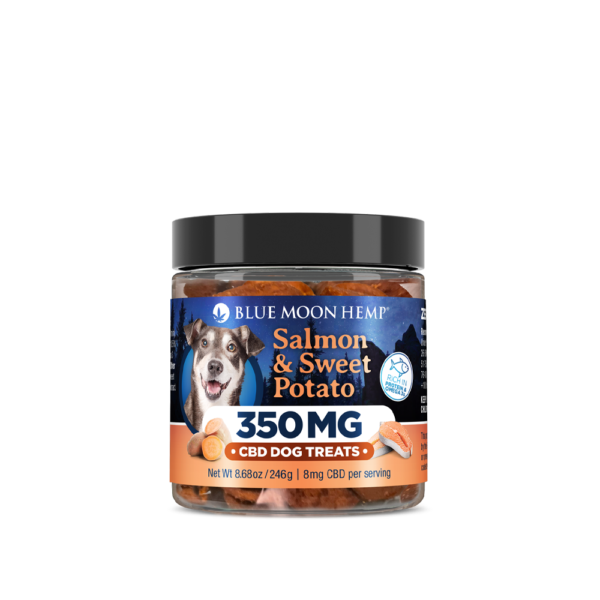In the intricate world of horticulture, stereotypes have thrived, intertwining with societal perceptions and expectations. Among these, the gendering of plants has long persisted, entwining certain flora with specific gender associations. In this exploration, we delve into the realm of breaking stereotypes within plant culture, specifically highlighting the distinct influence and contributions of male pot […]
Category: Chronic Pain
Medical Marijuana Card Florida
In the ever-evolving landscape of healthcare, where holistic approaches are gaining traction, the role of medical marijuana is becoming increasingly prominent. For Florida residents seeking to harness the benefits of medical marijuana, securing a cost-effective medical marijuana card is pivotal. This article navigates the realm of smart spending in healthcare by shedding light on finding […]
Can CBD Help Your Stressed Dog?
In a world where stress affects not only humans but also our beloved pets, the quest for effective solutions has led many pet owners to explore the potential benefits of CBD. This post delves into the question: “Can CBD help your stressed dog?” – shedding light on the intriguing connection between CBD and canine […]
